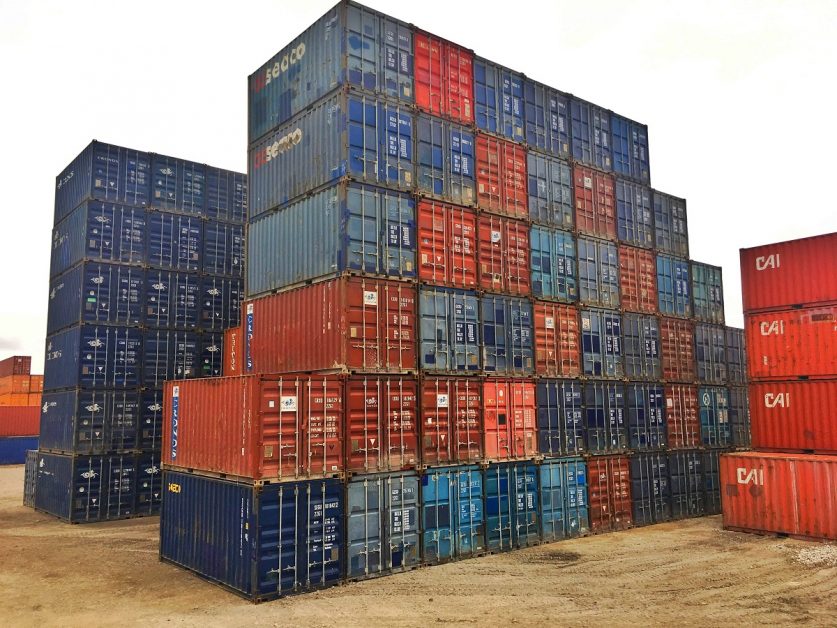Fall in imports from China leads to shortage of containers hurting shipping lines, importers and exporters
Container shortage in India due to the uneven import-export scenario is taking costs through the roof for both, shipping lines as well as the importers and exporters.
“Freights have jumped on all routes in the range of 20-100 percent depending on the sector. Exporters are operating on losses at times as customer is not ready to absorb the hike,” Mark S. Fernandes, director, IMC Chamber of Commerce and Industry, told Business Standard.
Imports to India plummeted 22-24 percent in the April-November period, while exports have risen to 29 percent in the same period creating equipment (container) imbalance in the domestic market, informed industry officials.
“China was a strong importing partner for India. After Chinese imports came under scanner and bans were placed on Chinese goods, the imports to the country have gone for a toss, resulting in this equipment imbalance for India,” said Umesh Grover, secretary general at Container Freight Station Association of India (CFSAI).
Increased freight cost has impacted the margins of exporters across the sectors. “We are in a helpless situation. Customer is not ready to pick up goods at increased prices, while shipping lines have raised freight. So we have to bear the cost since material is already produced and needs to be delivered. For my company, freights have jumped between 3-5 times in the last four months. The shipping lines have been ruthless in increasing costs. There is complete madness in the market and shipping line have formed a cartel to make up for the losses it incurred during worldwide lockdown (early this year),” said an exporter on condition of anonymity. The exporter largely sends consignments to China and the Far East.
Though freights have gone up for the container segment, the issue of availability of containers eases to some extent if bookings are done in advance. “Now the exporters are planning with shipping lines about 1-2 months in advance and making sure cargo moves on time. There is no major delay in getting containers if it is planned better,” said Fernandes.
A 40-foot standard container can carry 22-23 tonne of cargo and is meant for lighter and voluminous material, while a 20-foot standard container is used for carrying heavier material and can hold 28 tonne cargo.
“There is a waiting list for even booking in advance. It is not all that easy to book but once a container is booked, availability is assured. Getting a slot is a struggle again,” said an industry expert on condition of anonymity.
Balmer Lawrie, Hyundai and Nathani among others were some of the container manufacturers in India who went out of business after China started producing the equipment at a much competitive price of $1000 a container as against $1800-$2000 a container manufactured in India.
“Shipping line could order for making more containers but once trade situation comes to normal, which is expected by February. Those newly ordered containers are going to be an inventory. So shipping lines are not keen to invest in new containers at present,” said Grover.
Today, India has no container manufacturers. The biggest container manufacturer in the world is China. At present, a 40-foot standard container is manufactured at about $5000, which is a jump from close to $3,500 per container.
“It is not easy for shipping lines to survive as well. Their operating costs have gone up. Trade overall is hit, so there are less ships on water and have to transport a lot of empties, fuel costs have jumped. Due to the pandemic, crew cannot be relieved without conducting certain procedures, which takes time and is also an additional cost. There is cost burden across the chain, not just for exporters,” said Grover.
Meanwhile, container ports such as JNPT and Chennai are trying to keep operational efficiency in order to check costs for both — the shipping lines as well as for importers/exporters — from the port end.
“There is cargo growth at the port and we are in a recovery mode. We are ensuring there is no congestion at the port so that no additional cost burden is incurred by any of the stakeholders,” said a senior traffic official with JNPT.
Source: Business Standard







